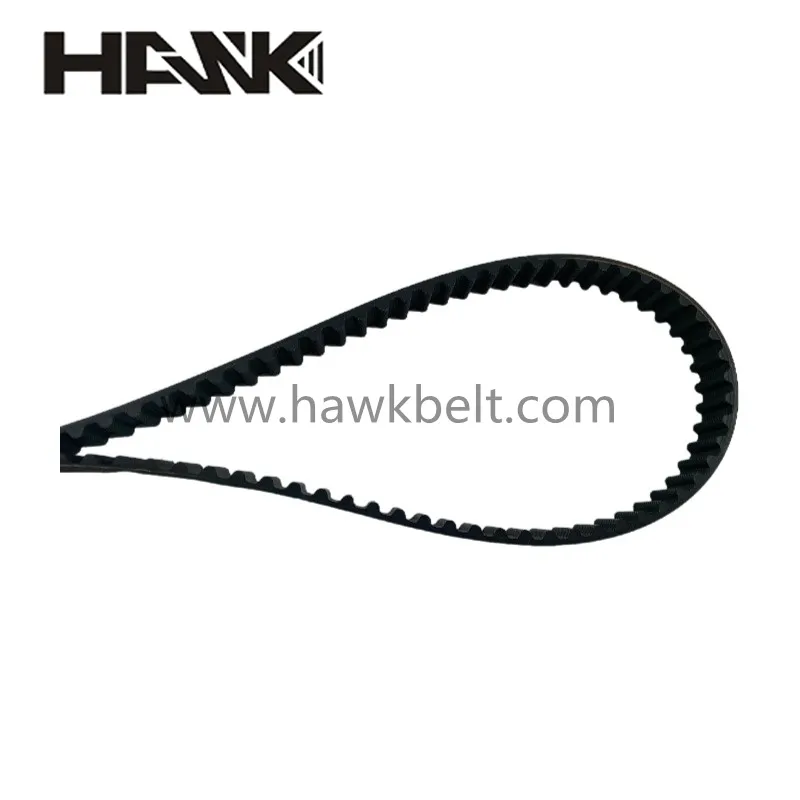- Arabic
- French
- Russian
- Spanish
- Portuguese
- Turkish
- Armenian
- English
- Albanian
- Amharic
- Azerbaijani
- Basque
- Belarusian
- Bengali
- Bosnian
- Bulgarian
- Catalan
- Cebuano
- Corsican
- Croatian
- Czech
- Danish
- Dutch
- Afrikaans
- Esperanto
- Estonian
- Finnish
- Frisian
- Galician
- Georgian
- German
- Greek
- Gujarati
- Haitian Creole
- hausa
- hawaiian
- Hebrew
- Hindi
- Miao
- Hungarian
- Icelandic
- igbo
- Indonesian
- irish
- Italian
- Japanese
- Javanese
- Kannada
- kazakh
- Khmer
- Rwandese
- Korean
- Kurdish
- Kyrgyz
- Lao
- Latin
- Latvian
- Lithuanian
- Luxembourgish
- Macedonian
- Malgashi
- Malay
- Malayalam
- Maltese
- Maori
- Marathi
- Mongolian
- Myanmar
- Nepali
- Norwegian
- Norwegian
- Occitan
- Pashto
- Persian
- Polish
- Punjabi
- Romanian
- Samoan
- Scottish Gaelic
- Serbian
- Sesotho
- Shona
- Sindhi
- Sinhala
- Slovak
- Slovenian
- Somali
- Sundanese
- Swahili
- Swedish
- Tagalog
- Tajik
- Tamil
- Tatar
- Telugu
- Thai
- Turkmen
- Ukrainian
- Urdu
- Uighur
- Uzbek
- Vietnamese
- Welsh
- Bantu
- Yiddish
- Yoruba
- Zulu
Nov . 07, 2024 08:40 Back to list
V-Belt Production Equipment for Efficient Manufacturing and Quality Control Solutions
The V-Belt Making Machine Revolutionizing Power Transmission
In today's industrial landscape, power transmission systems are integral to the efficient operation of machinery and equipment. Among the various components that facilitate this process, V-belts have emerged as one of the most vital elements, owing to their versatility, efficiency, and durability. The V-belt making machine plays a crucial role in the production of these essential belts, ensuring that they meet industry standards and specifications.
Understanding V-Belts
V-belts are flat rubber belts with a triangular cross-section that fit into grooved pulleys, allowing for effective power transmission between two or more rotating shafts. Their design enables them to grip the pulleys securely, reducing slippage and improving performance. Commonly used in various applications ranging from household appliances to industrial machinery, V-belts are favored for their ability to handle heavy loads, operational efficiency, and relatively low maintenance requirements.
The Role of V-Belt Making Machines
The V-belt making machine is a specialized piece of equipment designed for the manufacturing of V-belts. The production process involves several key stages, including the mixing of raw materials, shaping the belts, curing them, and finally, quality inspection. Each of these stages is tailored to ensure that the final product meets stringent quality standards.
1. Raw Material Preparation V-belts are typically made from a combination of rubber, fabric, and steel cords. The machine begins by mixing these materials to create a compound that has the required properties for strength, flexibility, and heat resistance.
2. Shaping Once the raw material is prepared, it is fed into the machine where it is shaped into the desired V-belt profile. Modern machines utilize advanced technology to ensure precision in dimensions and consistency in the product.
v-belt making machine

3. Curing The shaping process is followed by curing, where the shaped belts are subjected to heat and pressure in a mold. This process enhances the rubber's resilience and solidifies the belt's shape, making it suitable for use in various applications.
4. Quality Control After curing, the V-belts undergo rigorous quality checks. This includes inspecting them for uniformity in size and shape, testing for tensile strength, and ensuring that they meet industry standards.
Advancements in V-Belt Making Technology
With the advancement of technology, modern V-belt making machines have seen significant improvements over their predecessors. Automation has streamlined the production process, reducing labor costs and increasing efficiency. Moreover, computer-aided design (CAD) and computer numerical control (CNC) technologies have allowed for more intricate designs and customization to meet specific client needs.
Additionally, the incorporation of smart technology enables real-time monitoring of the production process, ensuring that any anomalies can be detected and corrected immediately. This integration of technology not only boosts productivity but also enhances the overall quality of the V-belts produced.
Conclusion
The V-belt making machine is a cornerstone of the manufacturing process for one of the most widely used power transmission components in the world. As industries continue to evolve and demand higher efficiency, the role of these machines will only grow in significance. Investing in advanced V-belt making technology not only meets current market needs but also paves the way for future innovations in power transmission systems, ultimately contributing to greater productivity across diverse sectors.
In conclusion, with the ongoing advancements in manufacturing technology, the V-belt making machine will continue to enhance the production process, ensuring that high-quality V-belts are readily available to meet the demands of an increasingly mechanized world.
-
Upgrade Power Steering Pump Belt for Smooth, Quiet Operation
NewsAug.27,2025
-
Precision Timing Belt & Chain: Engine Performance & Durability
NewsAug.26,2025
-
Precision Lathe Drive Belts: Durable & Reliable Performance
NewsAug.25,2025
-
84.5 Serpentine Belt: Durable & Precision Fit for Your Engine
NewsAug.24,2025
-
Premium Ribbed Drive Belts for Quiet Power Transmission
NewsAug.23,2025
-
High-Performance Vehicle Timing Belt for Engine Precision
NewsAug.22,2025

